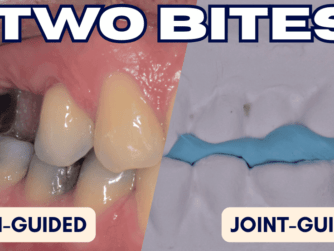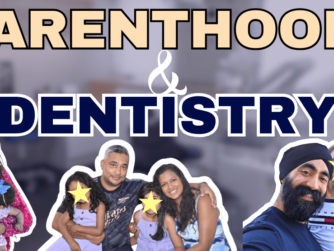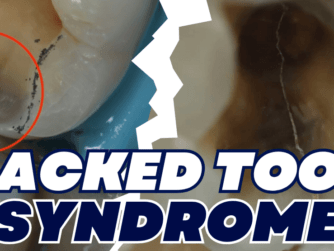Podcast: Play in new window | Download (Duration: 48:22 — 68.9MB)
Subscribe: RSS
Periodontology has some good studies and evidence base – but what is the current thinking in the role of occlusion/parafunction in the aetiology and progress of periodontal diseases?
I am joined by Specialist Periodontist, London-based Dr Richard Horwitz to discuss exactly the correlation and link between occlusion and periodontitis.
This episode’s Protrusive Dental Pearl I picked up from Dr Dipesh Parmar on his fantastic Composite course Mini Smile Makeover – it is to use a sectional posterior matrix band (like the B100 from Garrison or Tor VM) in a vertical fashion to create perfect mesial and distal contours for your anterior composite restorations such as Class IVs.

I also revealed that the team at Doctify are offering all listeners to this podcast 50% off for the first 4 months – you just need to tell them you listen to Protrusive Dental Podcast.
I had a really fun chat with Richard which included so much:
- When and why would you consider occlusal adjustment/equilibration in a periodontally compromised patient, perhaps to reduce occlusal trauma?
- Can Periodontal splinting help in these parafunctional patients?
- How can you check for fremitus?
- What role can appliances have in the stabilised periodontal patient?
- Listen to how I ruined Richard’s canine guidance!
If you enjoyed this episode, you will like my episode with Endodontist Kreena Patel on Cracked Teeth!







